Exploring the Czech Republic
Prague has become, along with Amsterdam and Barcelona, one of the biggest draws in Europe but few visitors to the city travel far beyond to explore historic Czech market towns, the stunning legacy of 20th-century architecture, and some idyllic landscapes. It’s one of my favorite countries: compact, inexpensive and uncorrupted by mass tourism. On a recent trip, a friend and I drove from Vienna into the neighboring state of Slovakia (almost to the Ukrainian frontier) and back through the Czech provinces of Bohemia and Moravia. It was an ideal mix of urban and rustic, new and old. We stayed in a hunting lodge, village guest houses, storied hostelries and Tancici Dum, a hotel that occupies Frank Gehry’s Fred and Ginger building on the Prague riverfront. Czech cuisine tends to be hearty–roast duck with red cabbage and dumplings is a typical offering–and the local wines and beers are exemplary. No wonder that two of the greatest spas in Europe are located here.
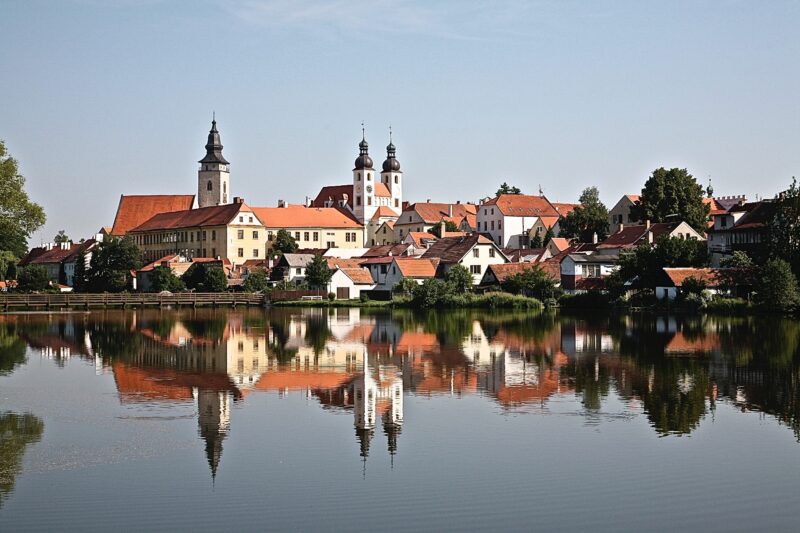
Telc Image by Michael Webb
From the Middle Ages on, the region’s cities grew rich on trade, and impressive market squares are a Czech specialty. Some have become tranquil backwaters, others are a bustling mix of cars and pedestrians. Many are lined with flamboyant civic buildings and the houses of rich merchants. Cafés spill out onto the cobbles and locals gather here to chat. Often these spaces, which come in every size and shape, are a riot of ornament and color with gaily patterned facades. Standouts include the long arcaded wedge of Telc, Prachatice with its array of sgraffitoed buildings, and the elongated square of Litomysl, which a guide likens to a juicy Czech sausage. The most splendid is that of Cesky Budejovice, a symmetrical checkerboard overlooked by the Grand Hotel Zevon, in whose chilly depths we stayed.
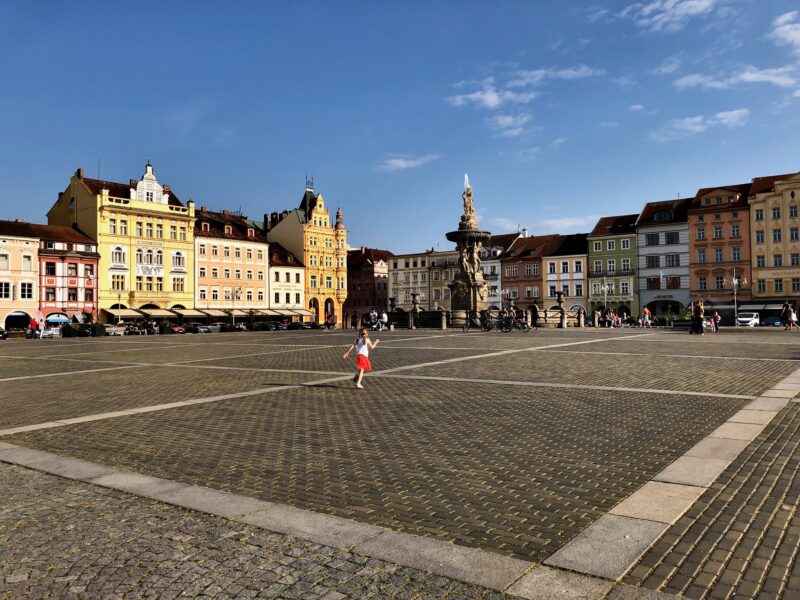
Ceske Budejovice Image by Michael Webb
Architecture has flourished for eight centuries in the Czech lands, even in the dark years of Soviet domination, and Prague is a showcase of Gothic and Baroque, Art Nouveau and a handful of exceptional contemporary buildings. The country was also a cradle of modernism. During their first two decades of independence from the Austro-Hungarian empire, the Czechs boldly embraced the latest ideas in design. Shoemaker Tomas Bata turned Zlin (the birthplace of Tom Stoppard and architect Ewa Jiricna) into a model company town and that enlightened policy is still alive. In 1939 another factory owner commissioned the Villa Volman in Celakovice, a half-hour drive from Prague, and this radical house recreated from ruins is now open for public tours. Brno, the second Czech city, is a showcase of modernism from the interwar years, notably the halls that still host trade fairs and Mies van der Rohe’s Villa Tughendhat, a masterpiece that survived wartime bombing and has been restored to its pristine state.
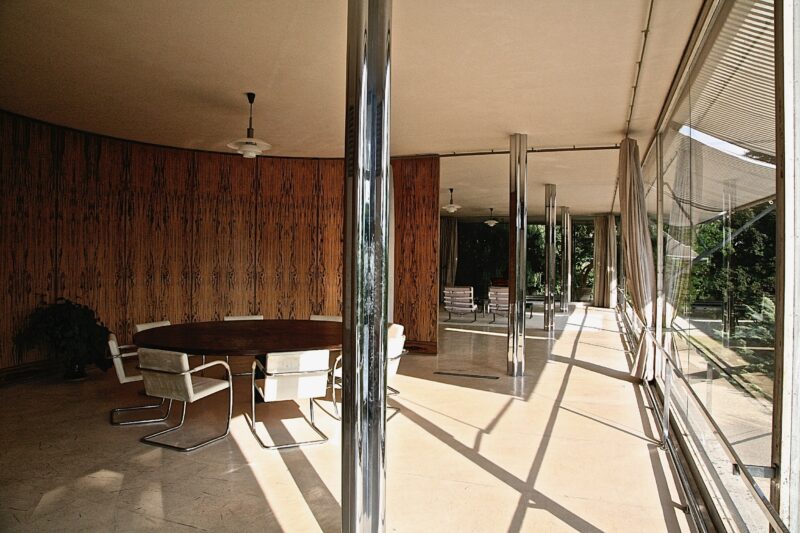
Brno Tughendhat Image by Michael Webb
The Czechs have had a long love affair with classical music. Mozart premiered Don Giovanni at the Estates Theater in Prague in 1792 and it is still on the repertoire in this exquisite auditorium. May is the month to catch the spring music festival, with concerts and operas being presented all over the capital. Brno also has a lively arts scene and we attended a production of Balanchine ballets as expertly performed in the Janacek Theater as they are by the New York City Ballet, which was founded by the master and has been honing its skills for 75 years.
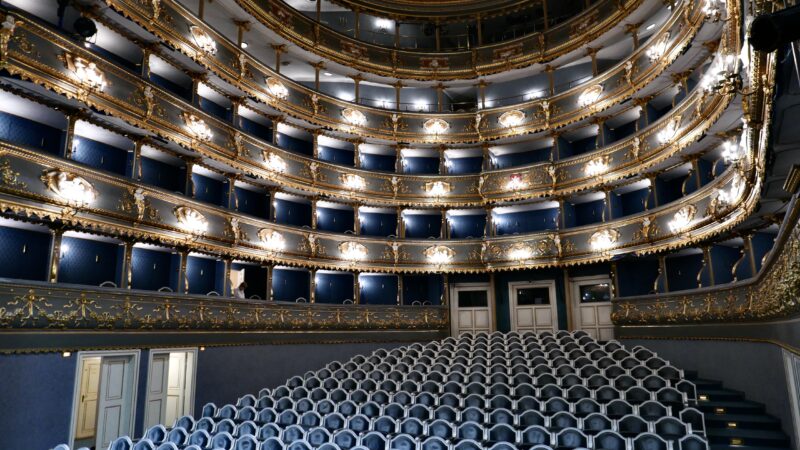
Prague: Estates Theater Image by Michael Webb
In the 19th-century, crowned heads and overindulgent nobility spent summer months taking the waters in the spa cities of Karlovy Vary and Marianske Lazny, staying in palatial hotels and promenading in their carriages. The foul-tasting waters now draw a more democratic crowd of health seekers, while those who are unconcerned about their livers can gorge on the wedding-cake architecture.
Michael Webb
around the world.
Latest posts by Michael Webb
- DESTINATION: Revisiting the South of France - April 30, 2024
- Exploring the Czech Republic - January 29, 2024
- Rediscovering Morocco - April 6, 2022

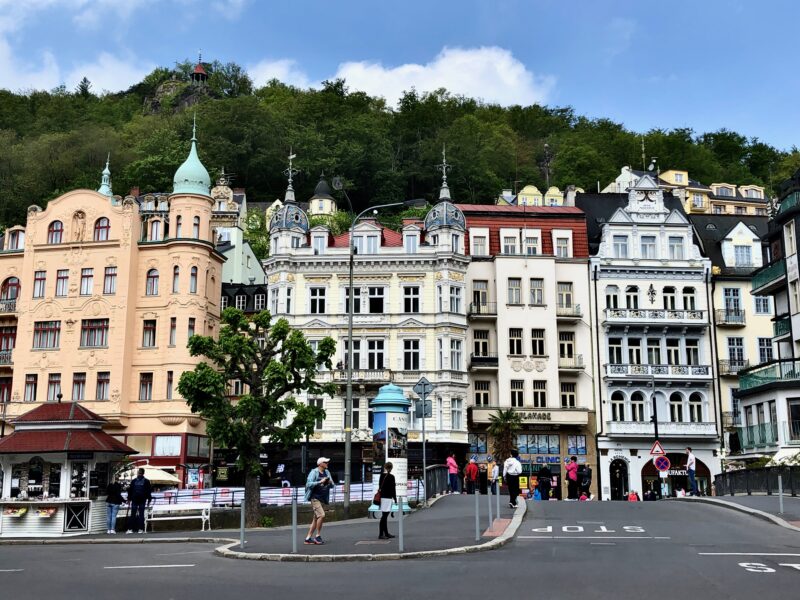

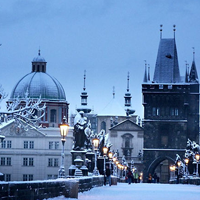
four star hotels barcelona…
…
[…] In preparation for my first visit to Prague next week, I contacted my good friend and seasoned travel writer Eric Hiss for some suggestions. Listed below are some of his recommendations on what to see and do. For more information on where to stay, eat, and shop, visit Eric’s website Wandermelon at http://wandermelon.com/2008/07/08/prague/#ixzz0sJgQTd9R. […]